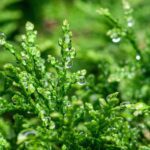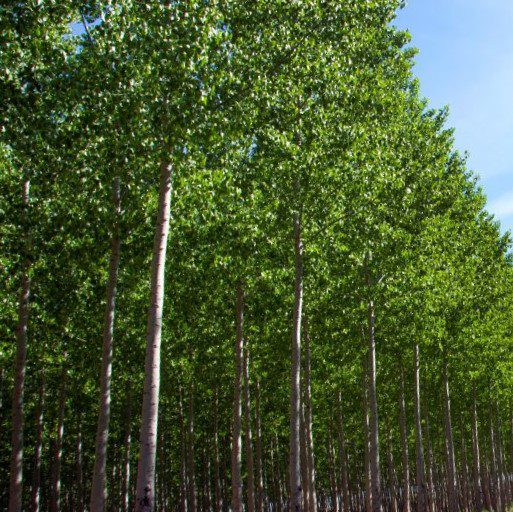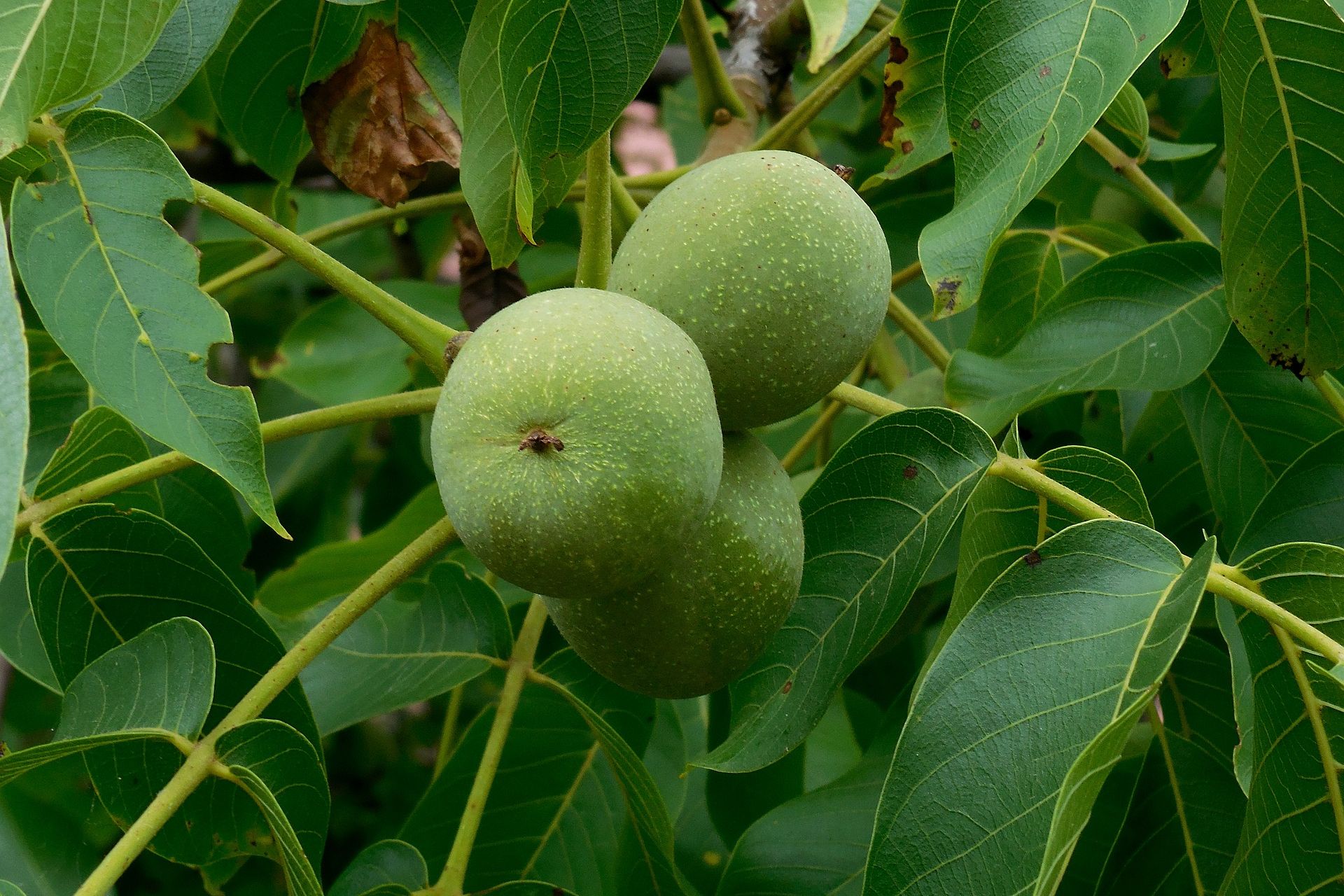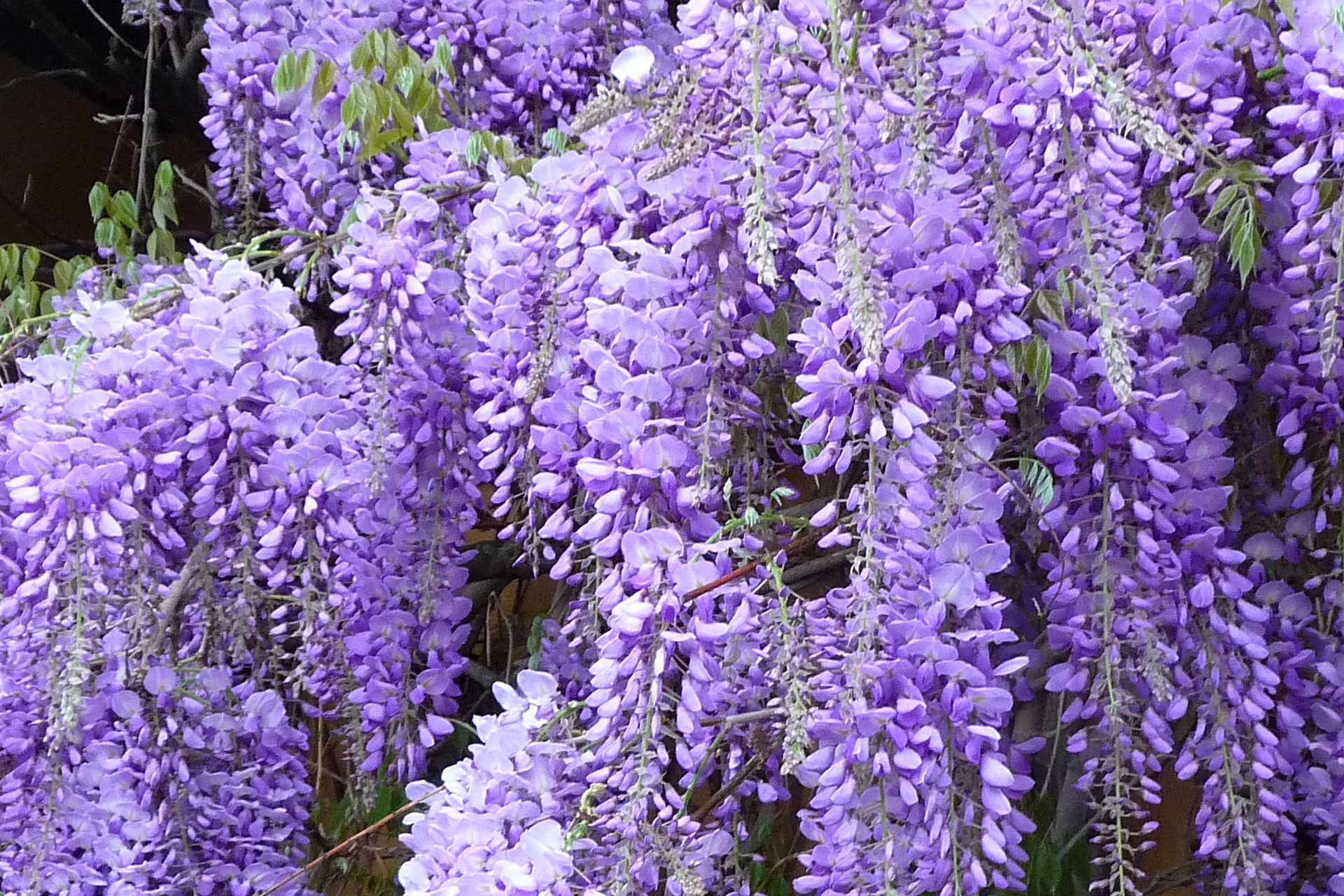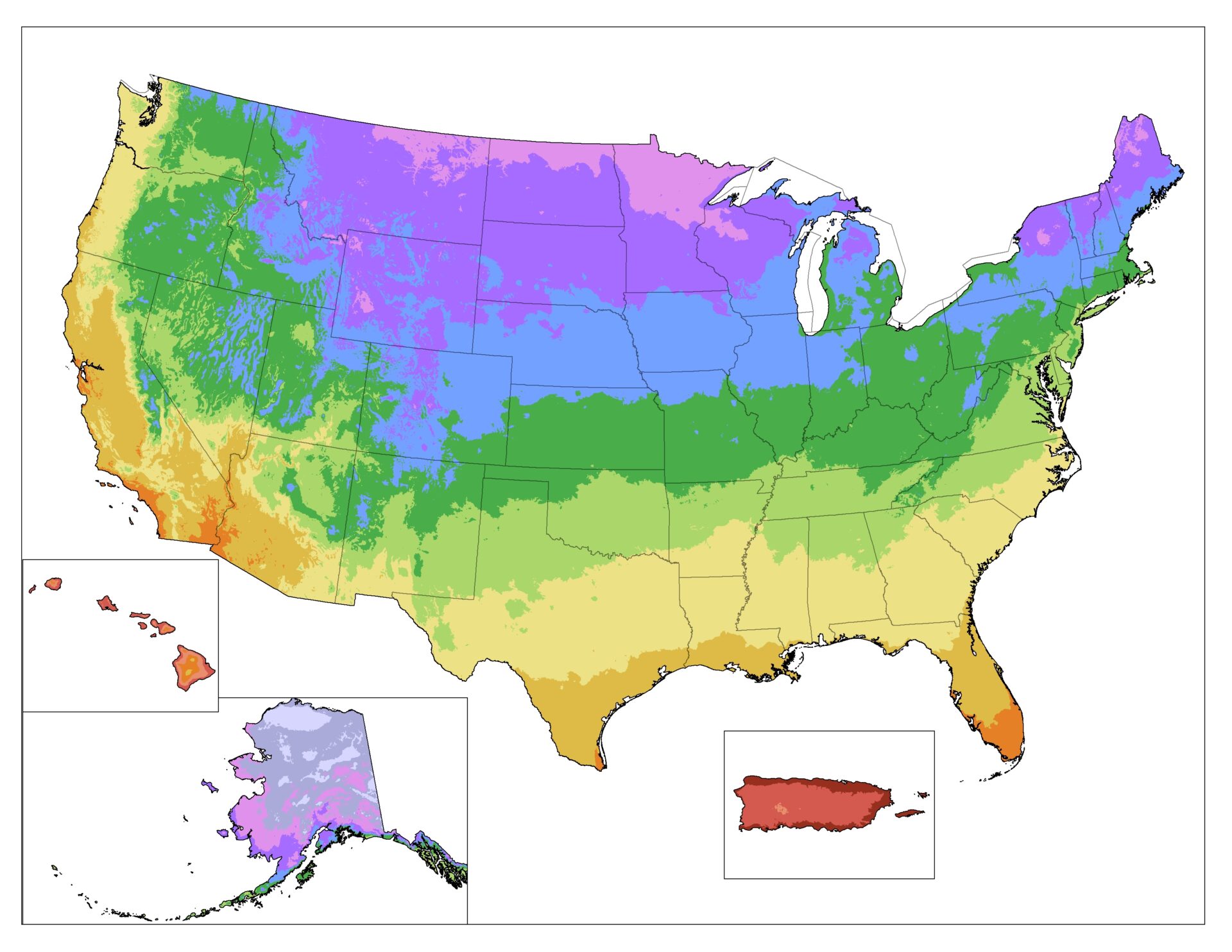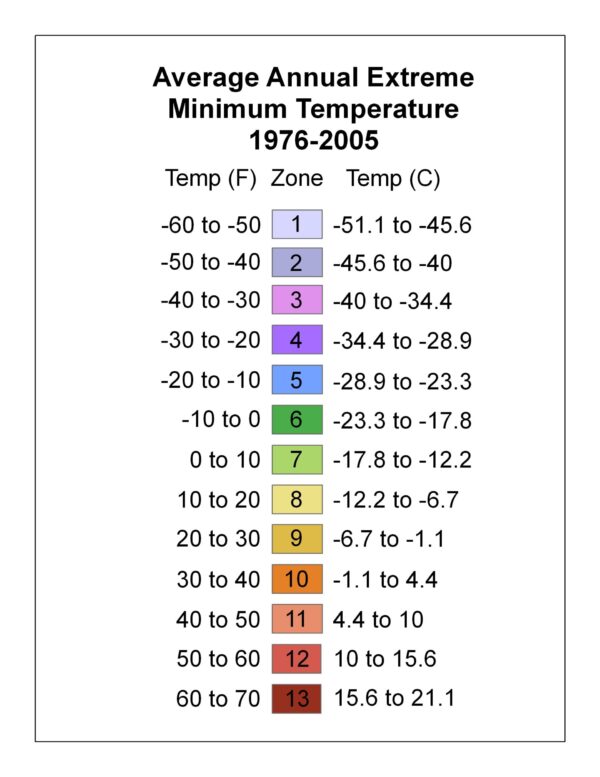Guides & Resources
Abbreviations
| Abbreviation | Full Name |
|---|---|
| B&B | Balled & Burlap |
| B.G. | Bed Grown |
| Br. | Branched |
| B.R. | Bare Root |
| B.T. | Bushy Top |
| B.W. | Blooming Wood |
| C. | Cutting |
| Cal. | Caliper |
| F. G. | Field Grown |
| F.P. | Field Potted |
| Gal. | Gallon |
| Hvy. | Heavy |
| Lt. Br. | Light Branched |
| Med. | Medium |
| Abbreviation | Full Name |
|---|---|
| N.G. | Nursery Grown |
| Qt. | Quart |
| R.C. | Rooted Cutting |
| R.R. | Row Run |
| S. | Seedling |
| Si. | Single |
| T.F. | Tree Form |
| Tr. | Transplanted |
| W.B. | Wire Basket |
| Yr. | Year |
| ’ | Foot |
| " | Inches |
| Z. | Zone |
Planting Resources
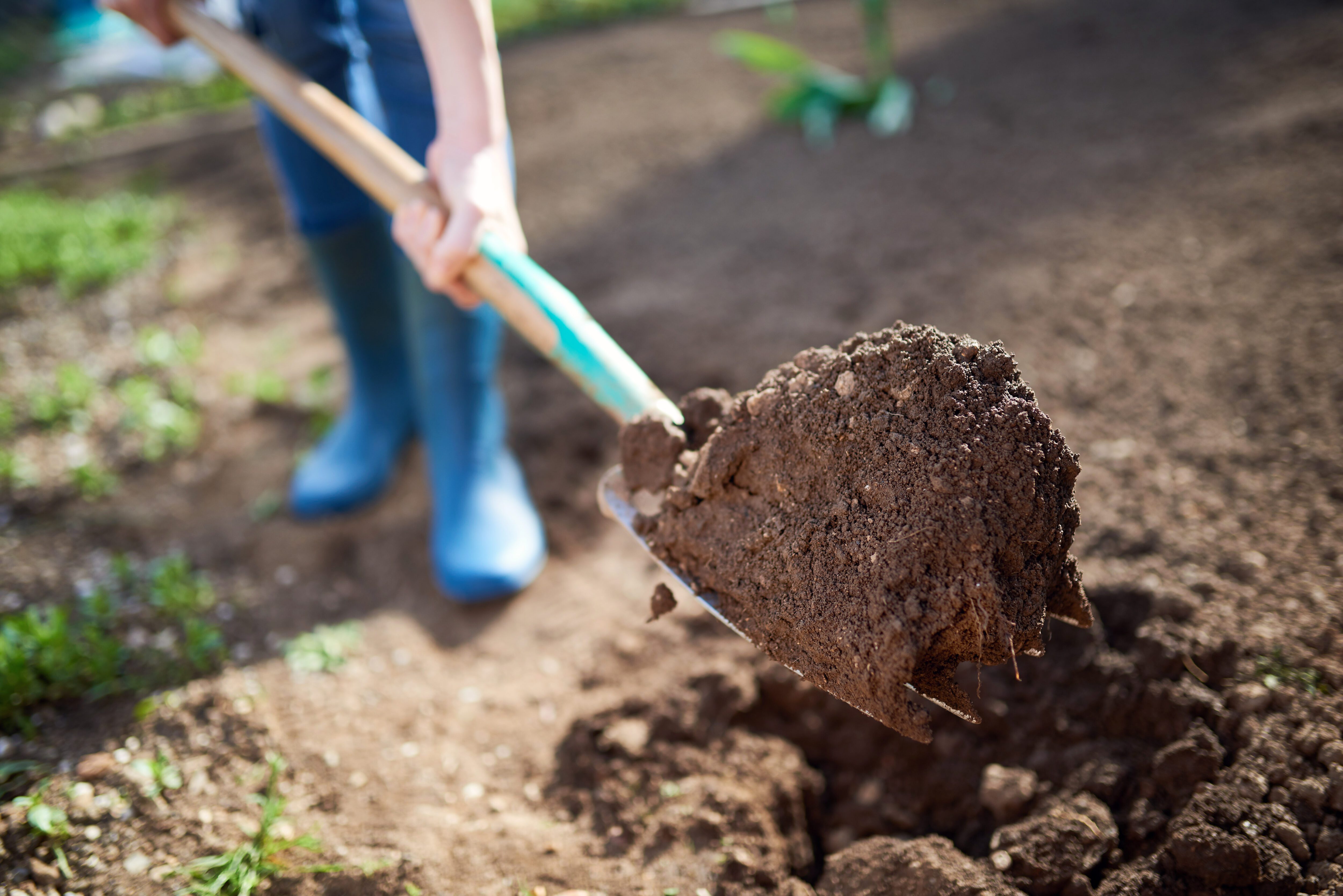
Preparing for your plants arrival
Site Preparation
Location
- Keep in might your plants light requirements.
- Full sun means 4-6 hours daily.
- Partial sun prefers dappled sunlight.
- Full Shade plants do best in areas with little direct sunlight.
Drainage
- Plants like moist soil, but not wet.
- Improve your soil by adding organic matter such as peat moss.
Soil Acidity
- Plants need the proper pH level to absorb nutrients.
- Most plants prefer a neutral soil level of pH 6.5-7.0.
- Your county or state extension office can help you test your soil for acidity levels.
Loosen the Soil
- Before planting bulbs, loosen the soil 3 times the width and height of the root system.
- Before planting trees and shrubs, loosen the soil 1 1/2 to 2 times the width and height of the soil.
Basic Planting Instructions
Your plant’s roots are packed in hydrogel to ensure they have plenty of moisture en route to their new home. Here are a few tips for after their arrival.
- Dig a hole two to three times the width of your spread-out roots with the depth two to three inches deeper than the length of the roots.
- Using the soil dug from the hole, fill in around and on top of the roots about half the depth of the hole. Lightly tramp down the soil to release air pockets. Do not add any fertilizer or potting soil to the hole.
- Add the remaining, lightly tramping down around the plant again.
- Thoroughly water your plant.
- Spread a two-inch layer of mulch approximately three feet in diameter around your plant to retain moisture. Pull mulch away from the bark of your plant.
- Keep the soil and mulch around your plant moist, but not soggy during the first year. Keeping the ground moist is key to the plant’s survival during dry weather
Additional planting tips
If for any reason planting must be delayed here’s how to protect and store your plants until they can be put in the ground.
- Bagged Bulbs-Open the bags and place the bulbs in a cool well-ventilated room away from direct sunlight. You can also store the bulbs in a refrigerator well away from fruit. Ethylene gas given off the fruit will damage the bulbs.
- Bareroot Trees & Shrubs-For best results, leave the plants in their original shipping container. Keep the box in a cool, shady area and protected from heat/cold. If planting is delayed for an extended time, you can dig a shallow trench and cover the roots with soil. This process is called heeling-in. Plant in their new home before the plants break dormancy.
Plant Calculation Tools
Plant calculation charts are handy when planting trees, groundcovers, and other plants. You can use the calculation tools below to help determine your needs.

